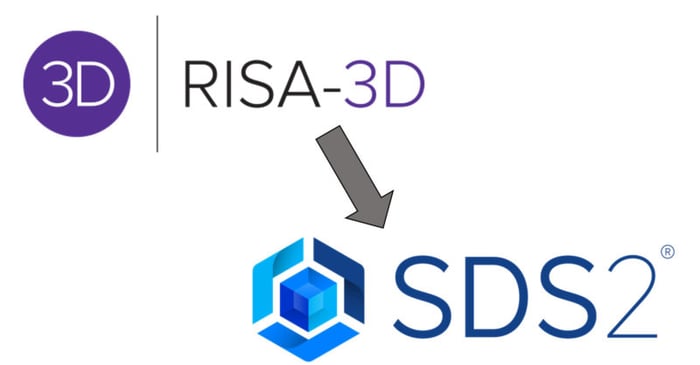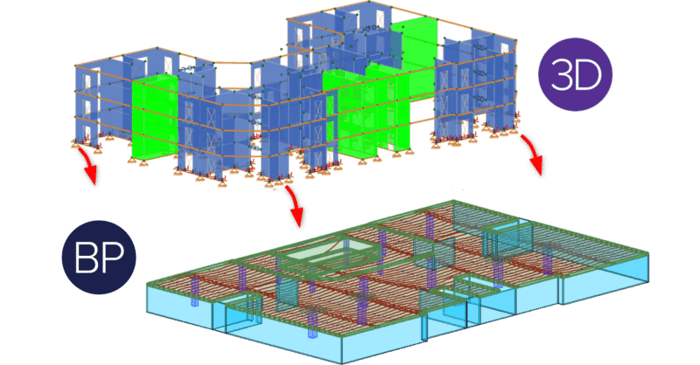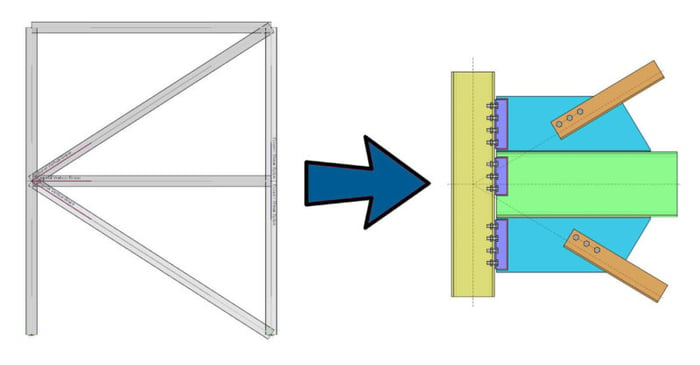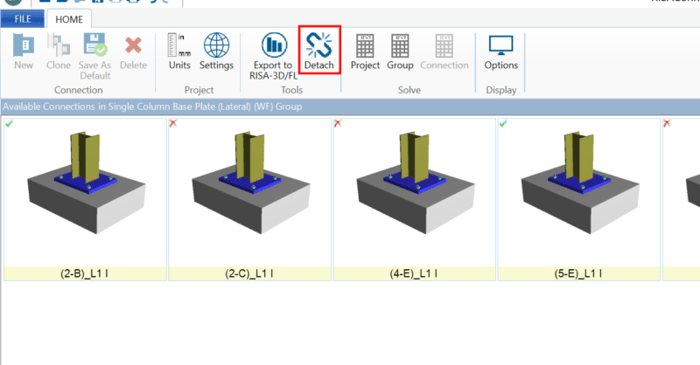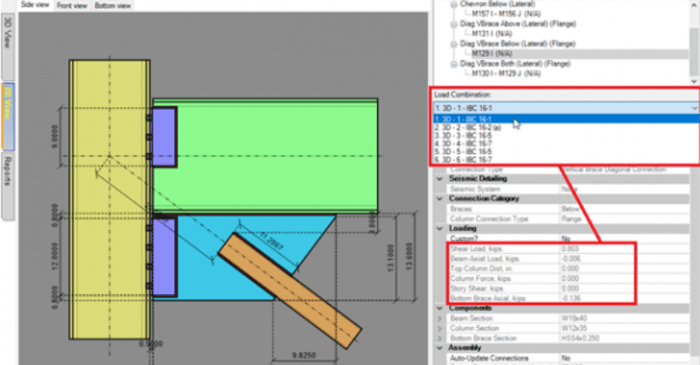
December 10, 2024
Integrating RISA with Other Structural Engineering Tools
RISA software is designed to integrate smoothly with essential tools like AutoCAD, Revit, ADAPT, SDS2, Tekla, Archicad, and Excel, making it easier for structural engineers to work efficiently and reduce project costs. By minimizing redundant data entry, improving accuracy, and enhancing...




